1. The Hale Telescope at the Palomar Observatory in San Diego, Calif.

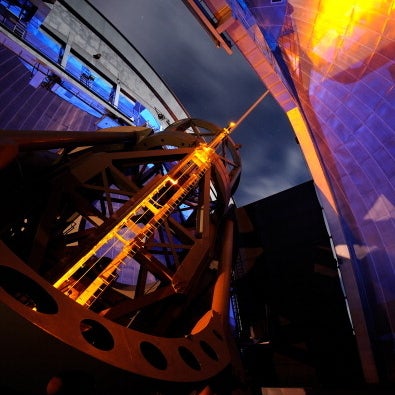
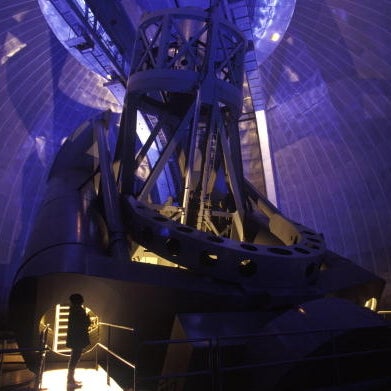
The Hale Telescope, built by Caltech, has discovered distant objects at the edges of the known universe, given us the first direct evidence of stars in distant galaxies, and shown us thousands of asteroids.
2. Museo Galileo in Florence, Italy
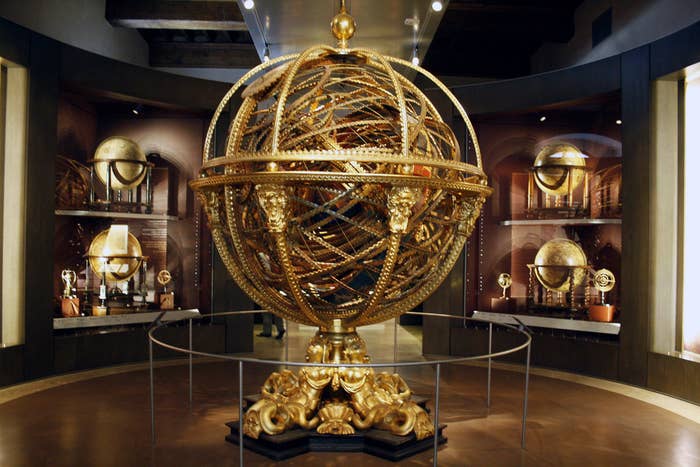
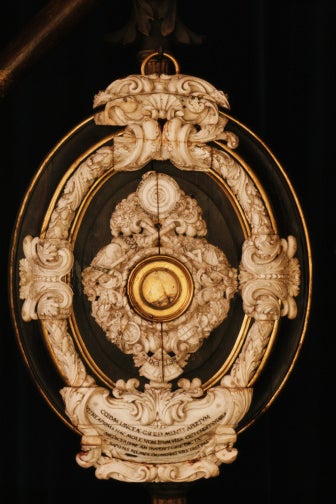
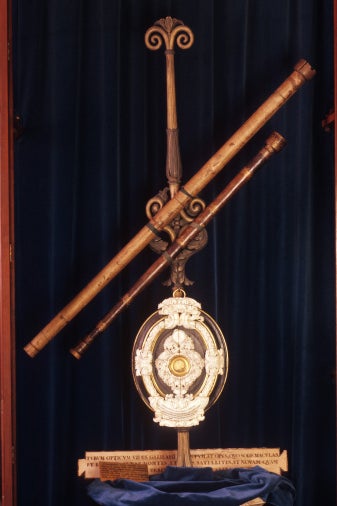
This museum famously houses Galileo's personal instruments, as well as many artifacts from the 15th to 19th century, mostly pioneering scientific instruments. It also contains the thumb, index, and middle finger from Galileo's right hand.
3. The Aurora Borealis



Visible from a multitude of Northern countries, this natural light display is caused by the collision of energetic charged particles with atoms in the high altitude atmosphere and is exceptionally beautiful.
4. The Okinawa Churaumi Aquarium in Okinawa, Japan
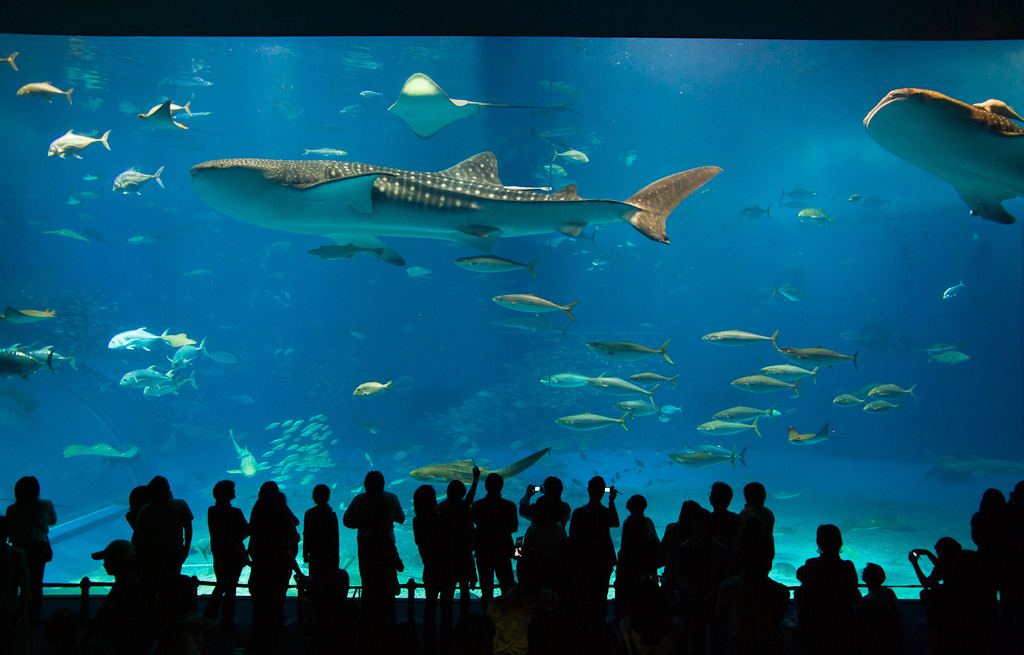


The Okinawa Churaumi Aquarium is one of the largest in the world. Its main tank, the Kuroshio Sea, has almost two million gallons of water and houses many different sea creatures, including whale sharks.
*Correction: An earlier version of this post incorrectly listed Osaka as the location of this aquarium.
5. The Museum of Science and Industry in Chicago, Ill.
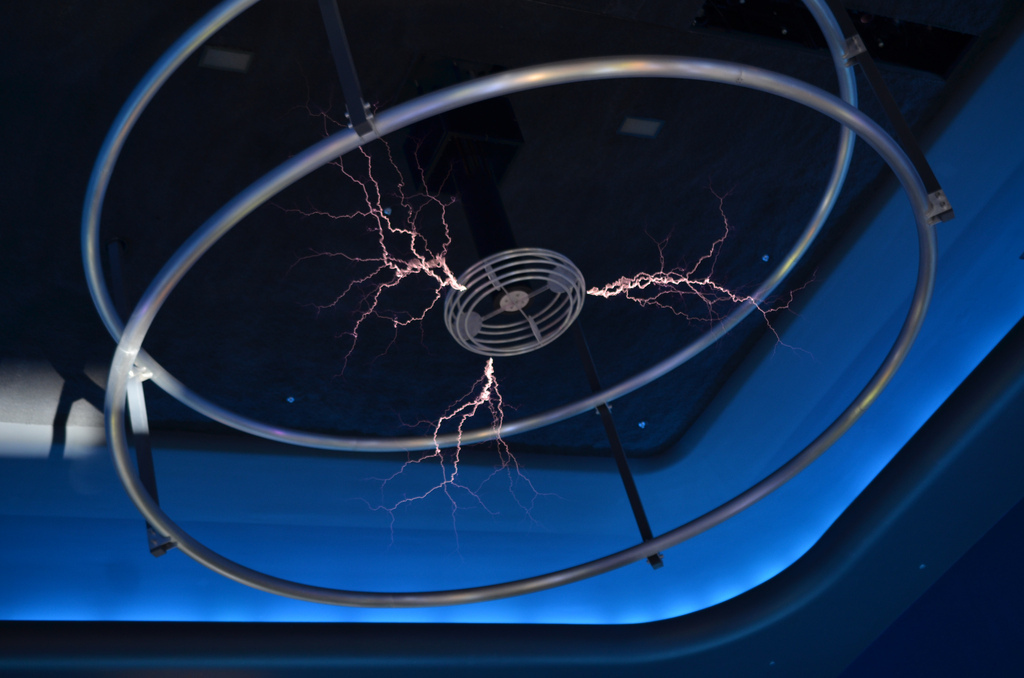
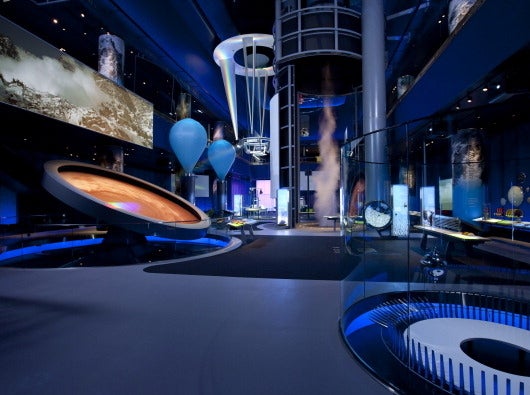
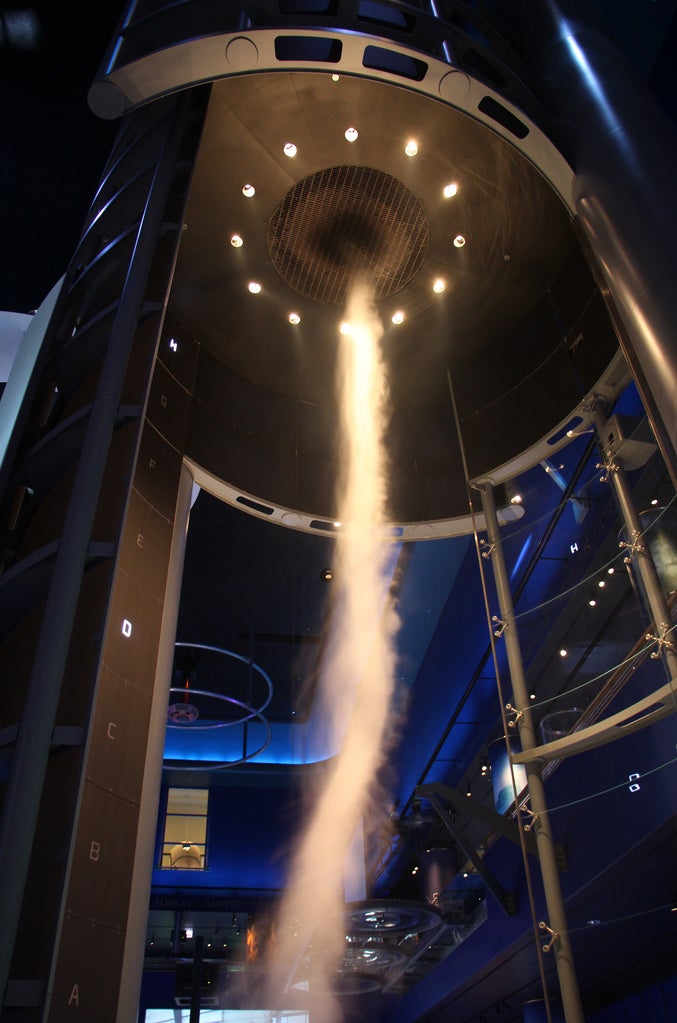
The Science of Storms exhibit at the Museum of Science and Industry in Chicago reveals the science behind seven natural phenomena — lightning, fire, tornados, avalanches, tsunamis, sunlight and atoms in motion. The exhibit also contains more than 50 interactive experiments.
6. The Deutsches Museum in Munich, Germany
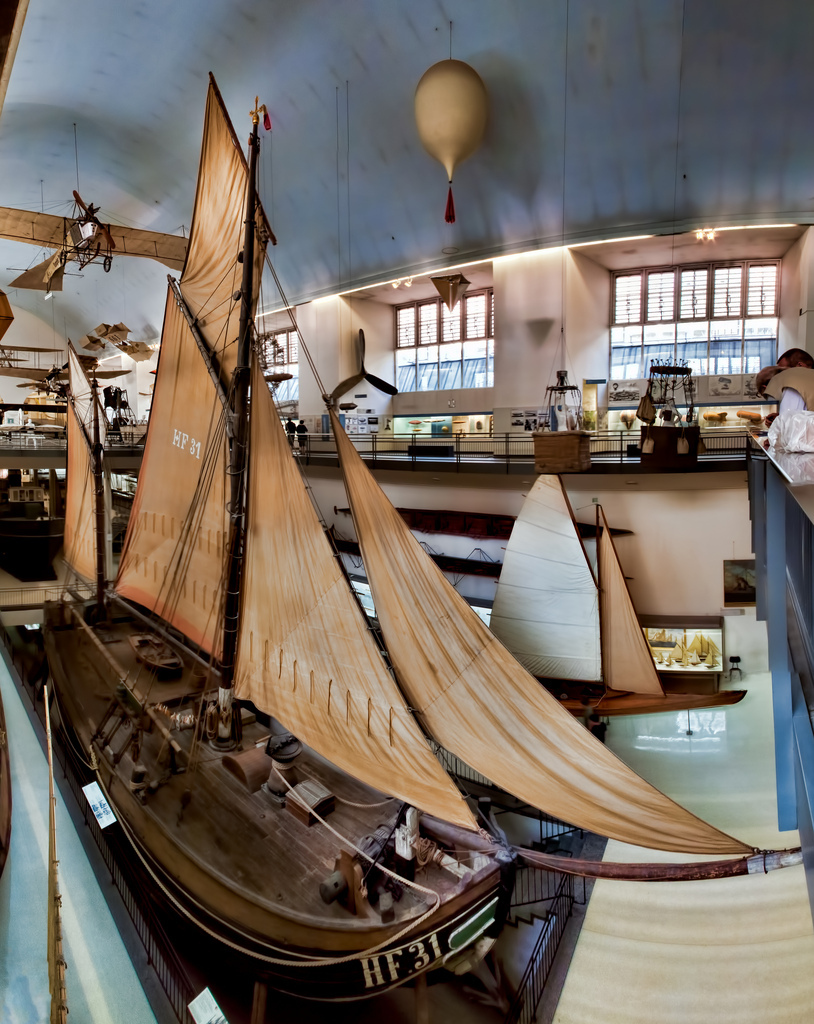

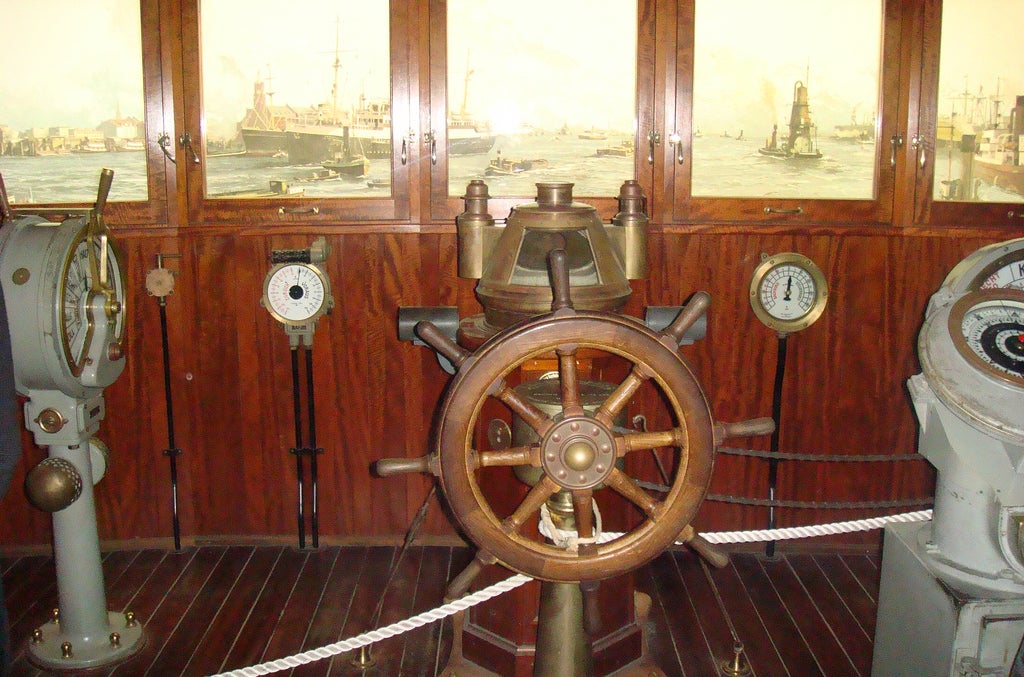
The Deutsches Museum features incredible exhibits including its famed Marine Navigation exhibition. You can climb about the "Maria," a fishing vessel built in 1880, as well as many other boats marking the three most important nautical technological periods: sail, steam, and the diesel engine.
7. Body Worlds — Traveling Exhibit
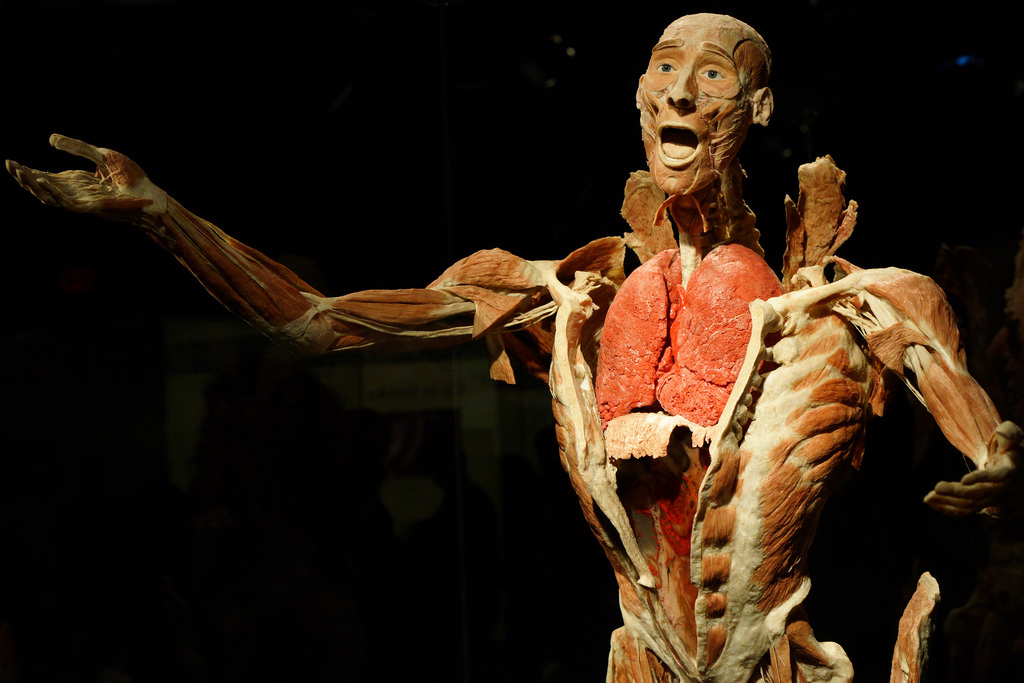
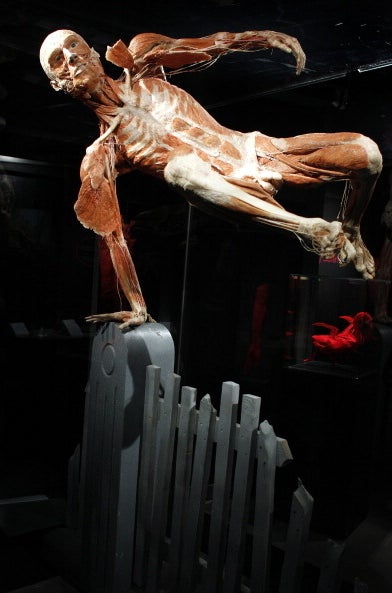
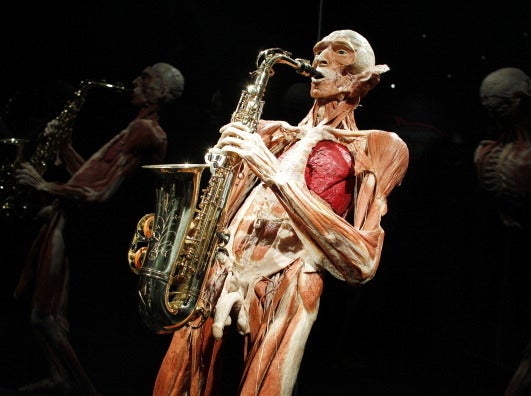
Body Worlds is a traveling exhibit created by Gunther Van Hagens, who invented a plastination technique to preserve real human bodies. The exhibit features real human bodies doing different physical and mental activities, allowing people to see the exact nature of the inside of the human body.
8. The Chihuly Garden and Glass in Seattle, Wash.

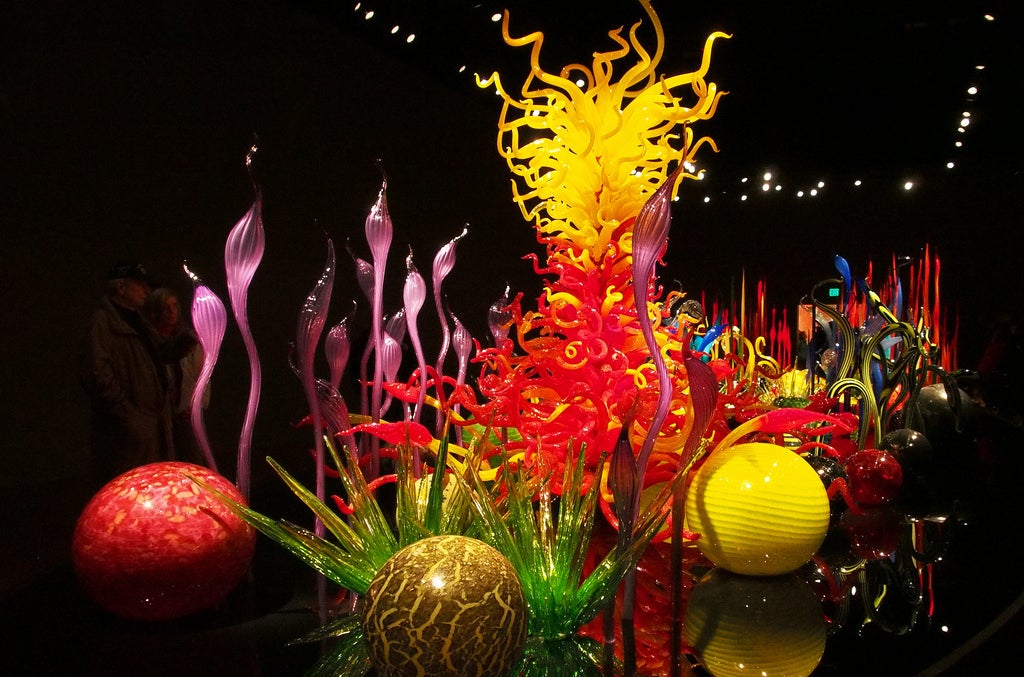

This amazing exhibition combines science with art. At the facility, you can see Chihuly's beautiful works, as well as videos of the science behind his working process.
9. The Cabinet War Rooms in London, England.
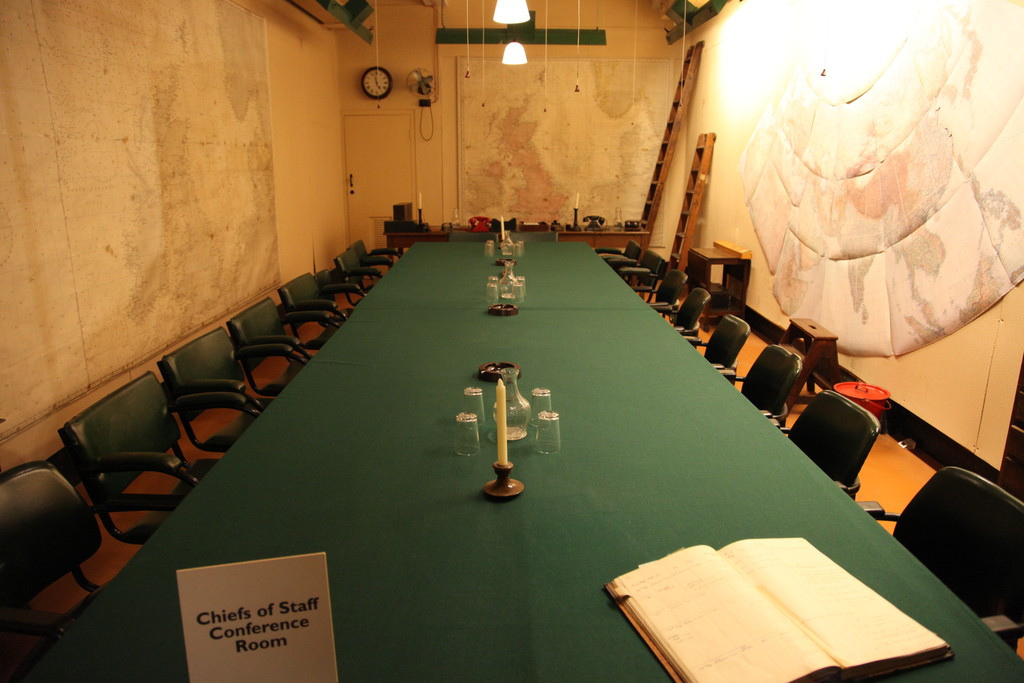


The Cabinet War Rooms are in an underground bunker that served as the British government command center during World War II. Located under the Whitehall area of Westminster, these secret rooms house incredible technology used during the war, including a code-scrambling, transatlantic telephone used for correspondence between Winston Churchill and the Pentagon.
*Correction: An earlier version of this post incorrectly listed Westminster Abbey as the location of the Cabinet War Rooms.
10. Smithsonian's National Air and Space Museum in Washington, D. C.
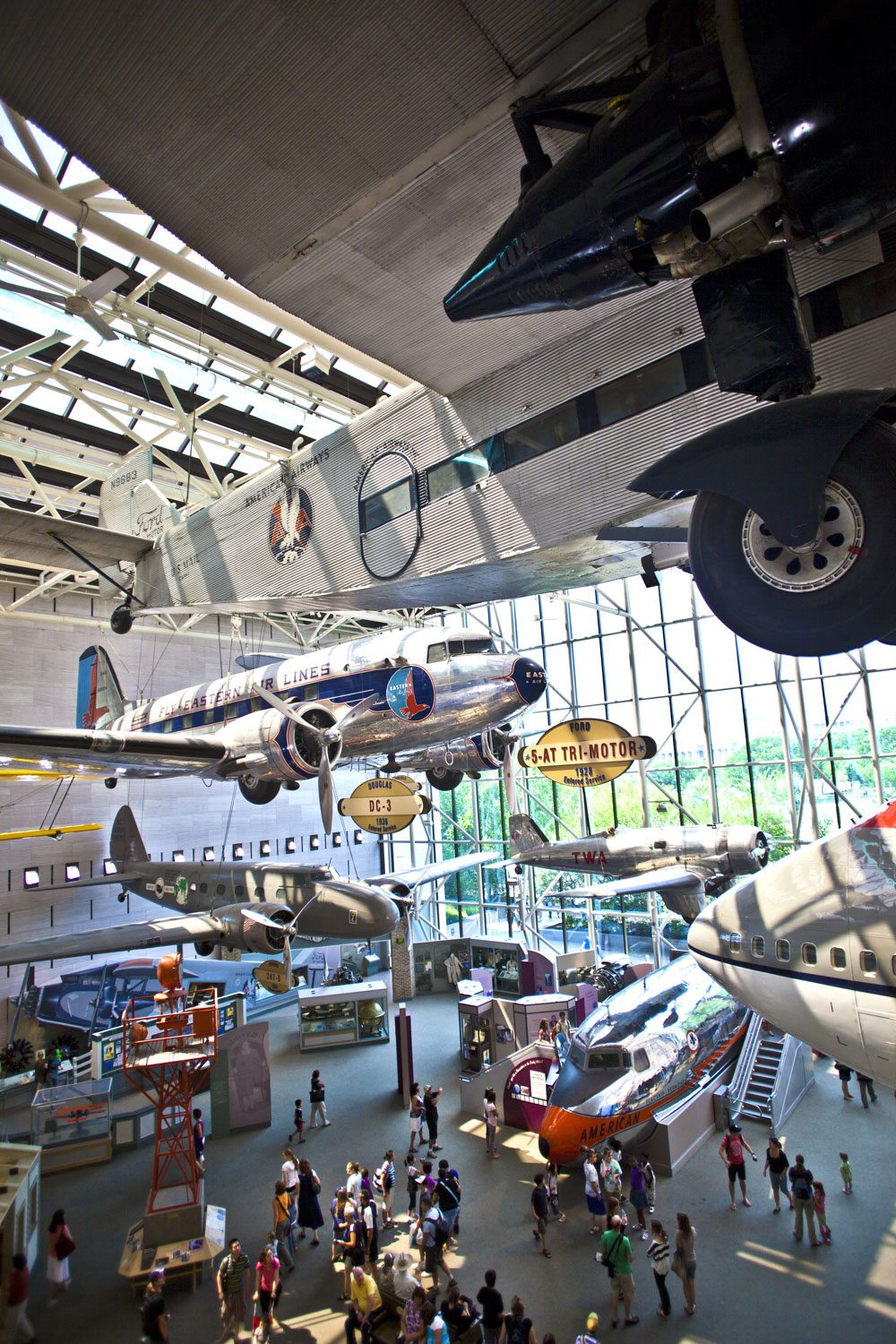


The Smithsonian's Air and Space Museum houses the largest collection of aircrafts and spacecrafts in the world.
11. The Field Museum in Chicago, Ill.
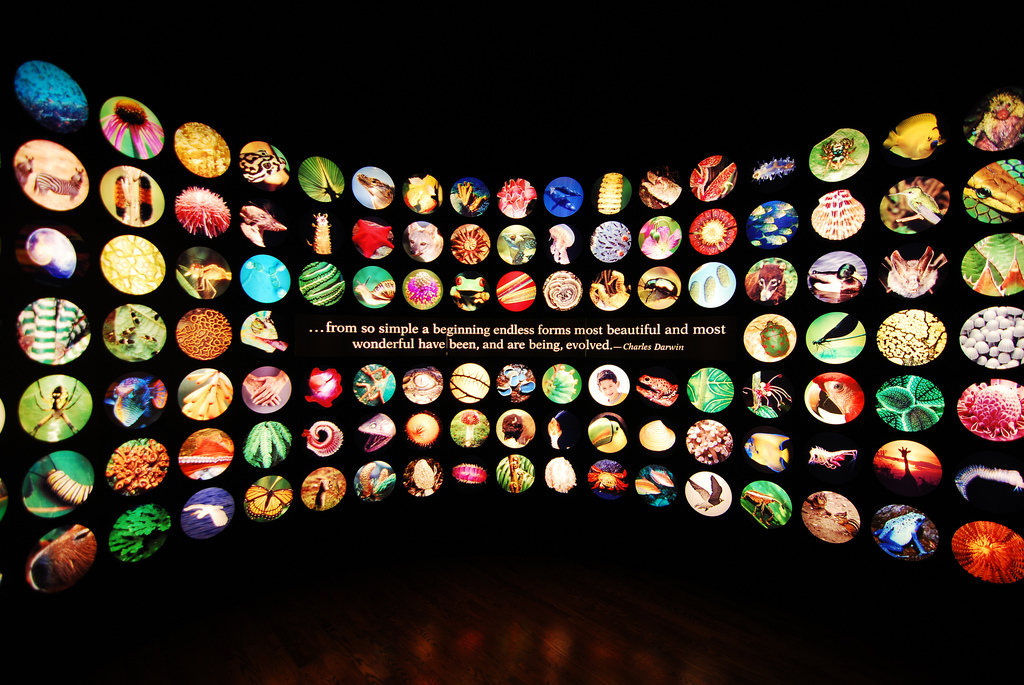
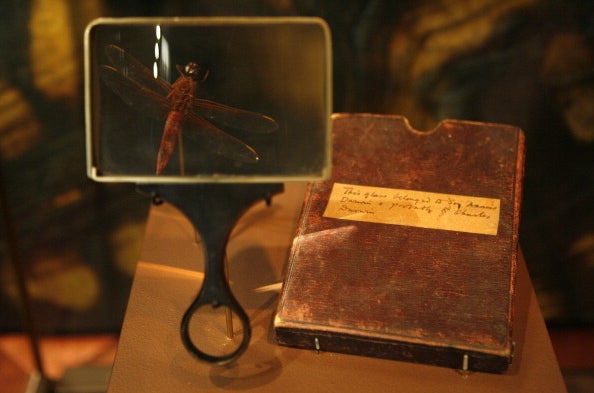

This museum features many fascinating exhibits including a recently-opened, in depth evolution exhibit. This exceptional, interactive exhibit features personal artifacts of Charles Darwin and a collection of his discoveries and works.
12. The Exploratorium in San Francisco, Calif.
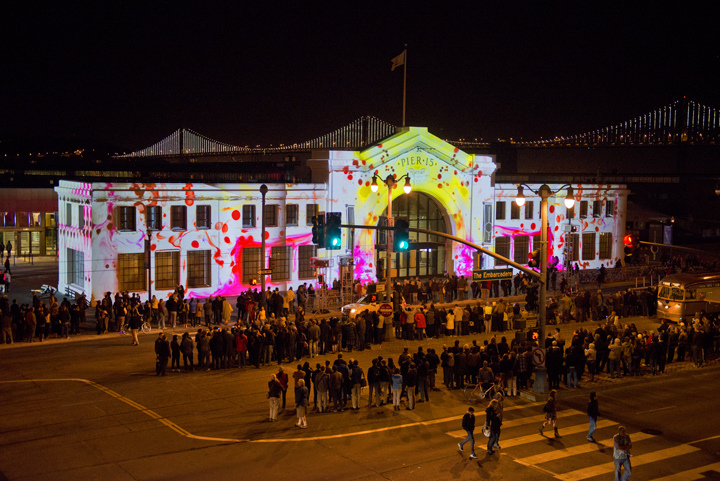


The Exploratorium is known for its interactive exhibits. At any given time, this informal learning center features around 600 participatory exhibits.
13. The Neil Armstrong Museum in Wapakoneta, Ohio
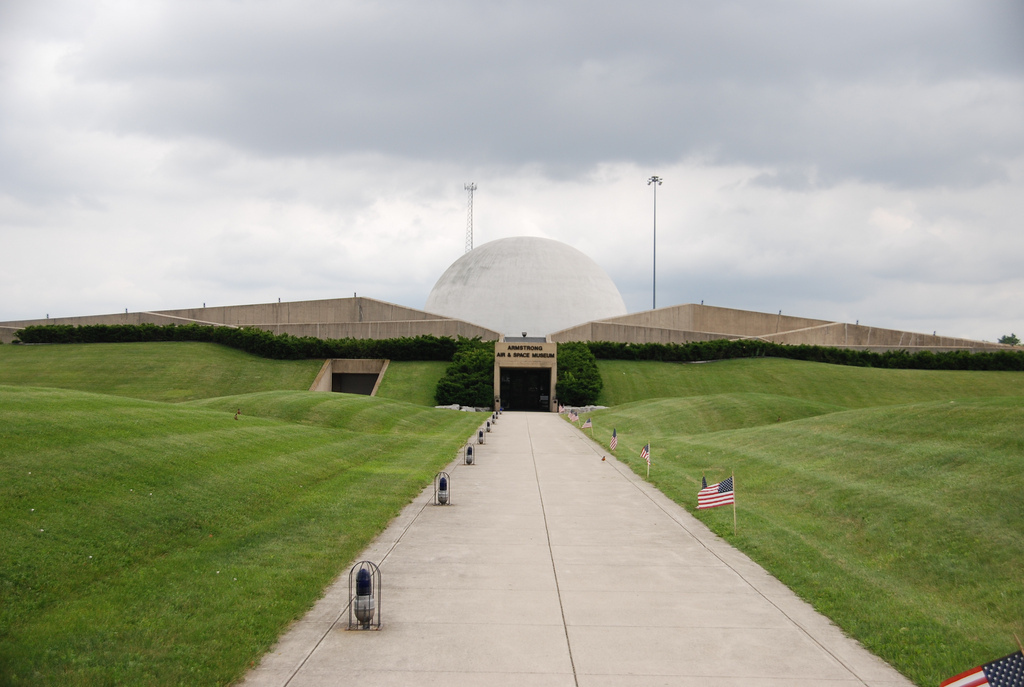

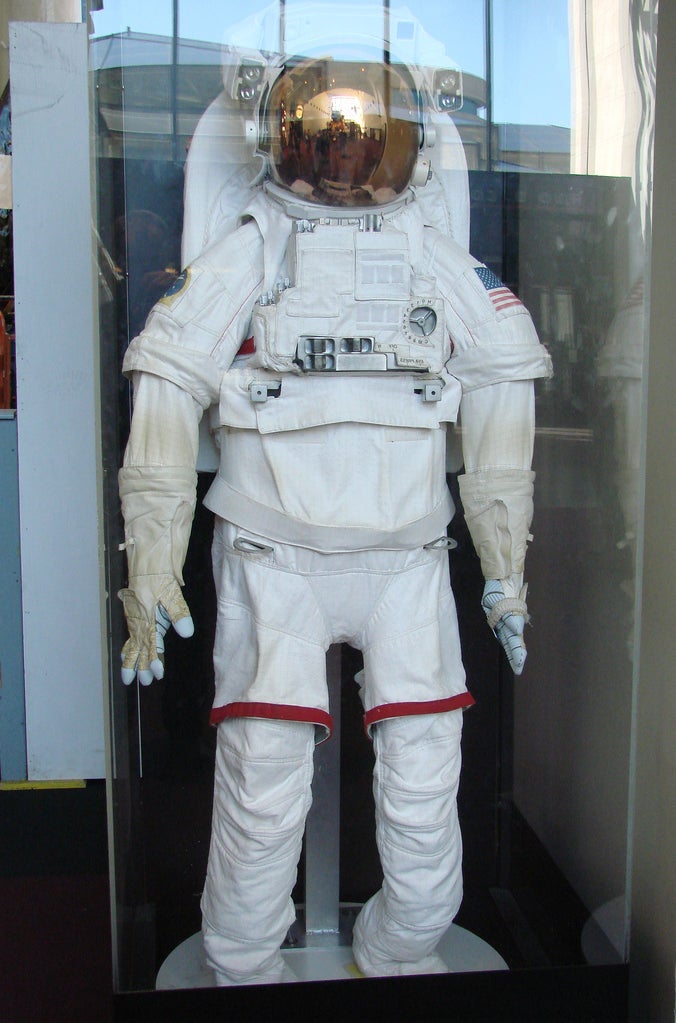
The Neil Armstrong Museum features a F5 Skydancer, the Gemini 8 spacecraft, Apollo 11 artifacts and moonrocks. The outside of the building is made to resemble to moon, itself.
14. The European Organization for Nuclear Research in Meyrin, Switzerland
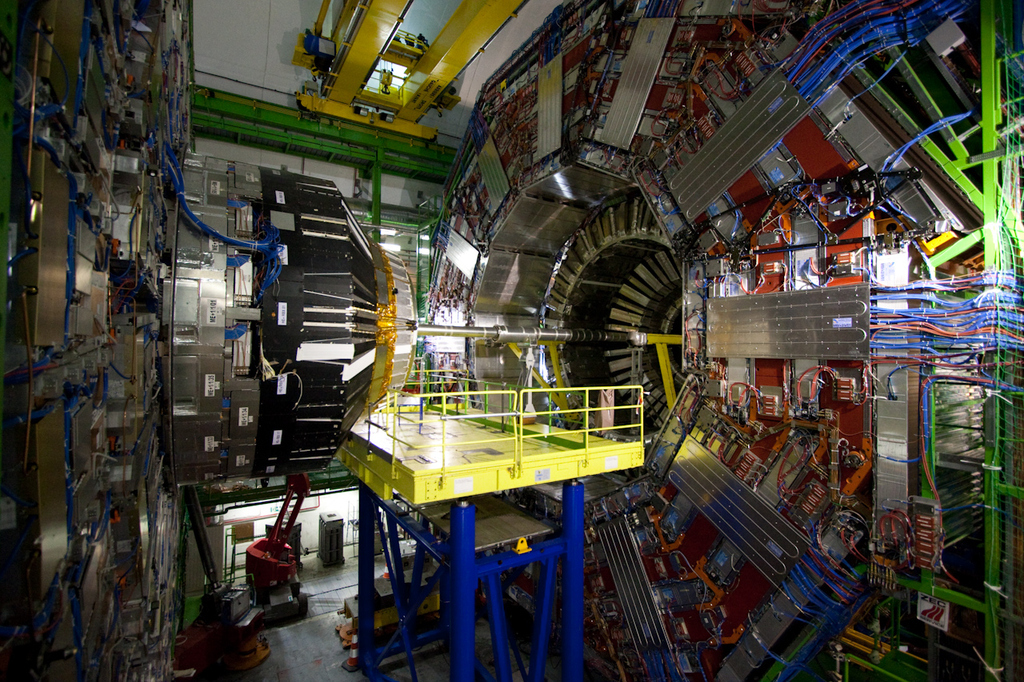

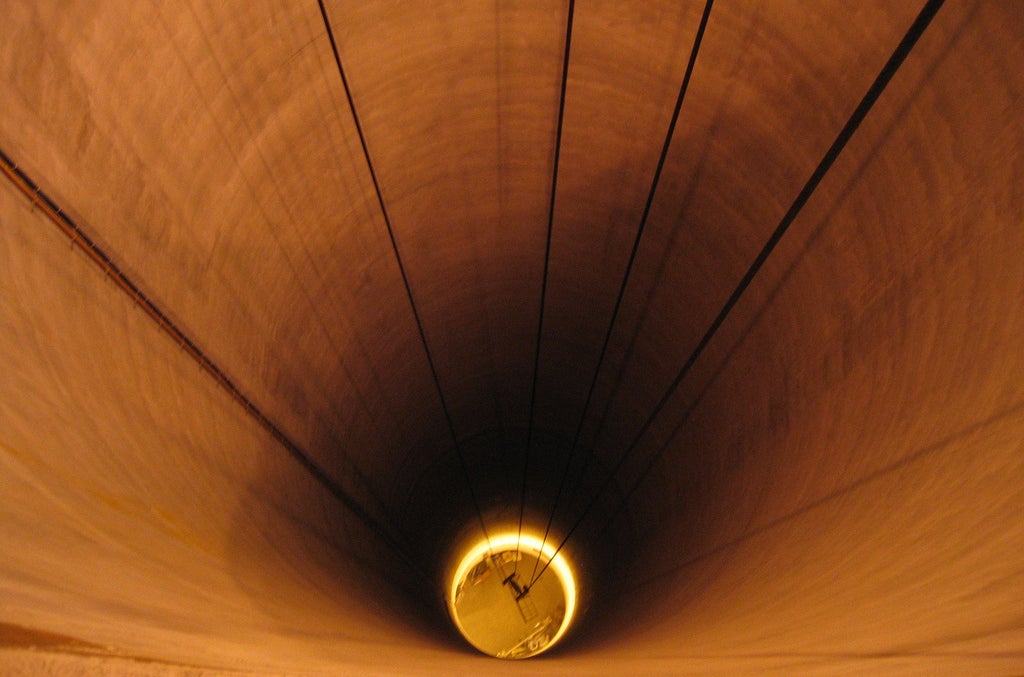
The European Organization for Nuclear Research is the cite of the Large Hadron Collider, the highest-energy particle collider in the world. Considered to be "one of the great engineering milestones of mankind," this facility offers guided tours and summer school courses for students.
15. The Computer History Museum in Mountain View, Calif.
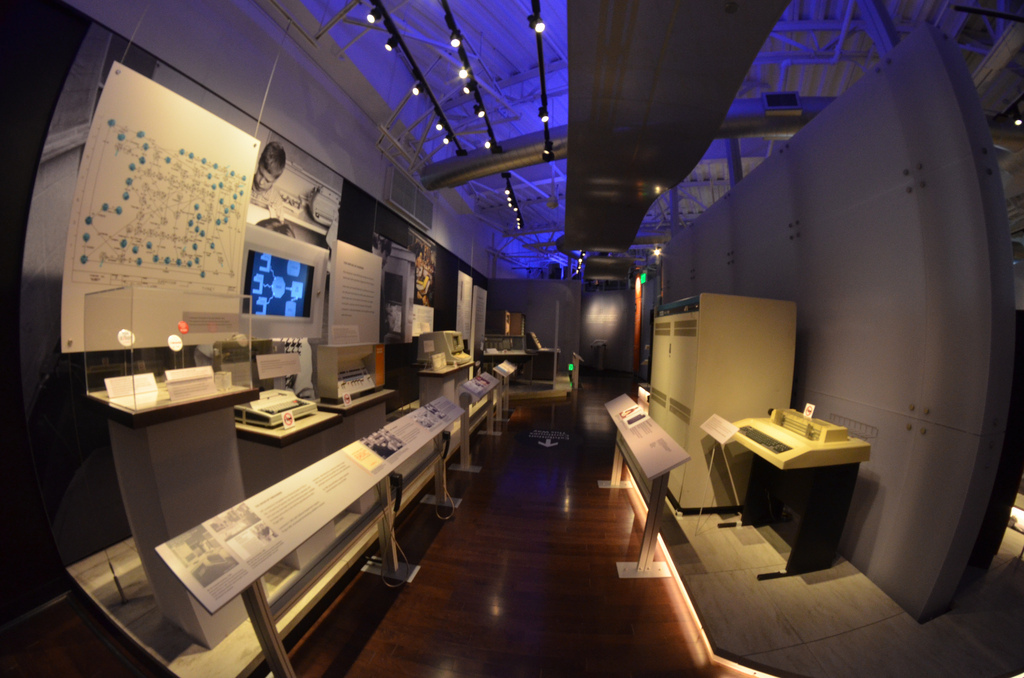

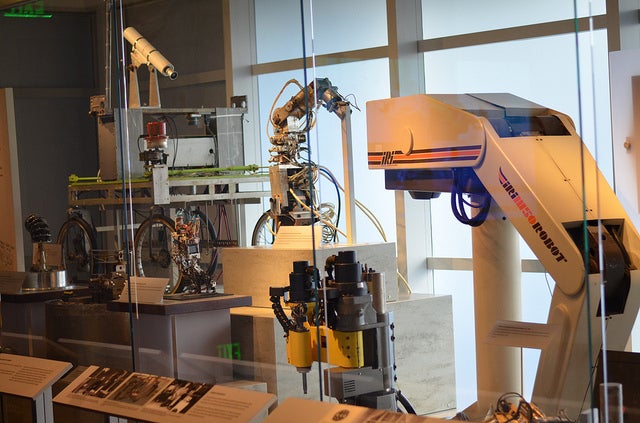
The Computer Science Museum is dedicated to preserving and presenting stories and artifacts of the modern age, and exploring the computing revolution and its impact on society.
16. The Griffith Observatory in Los Angeles, Calif.
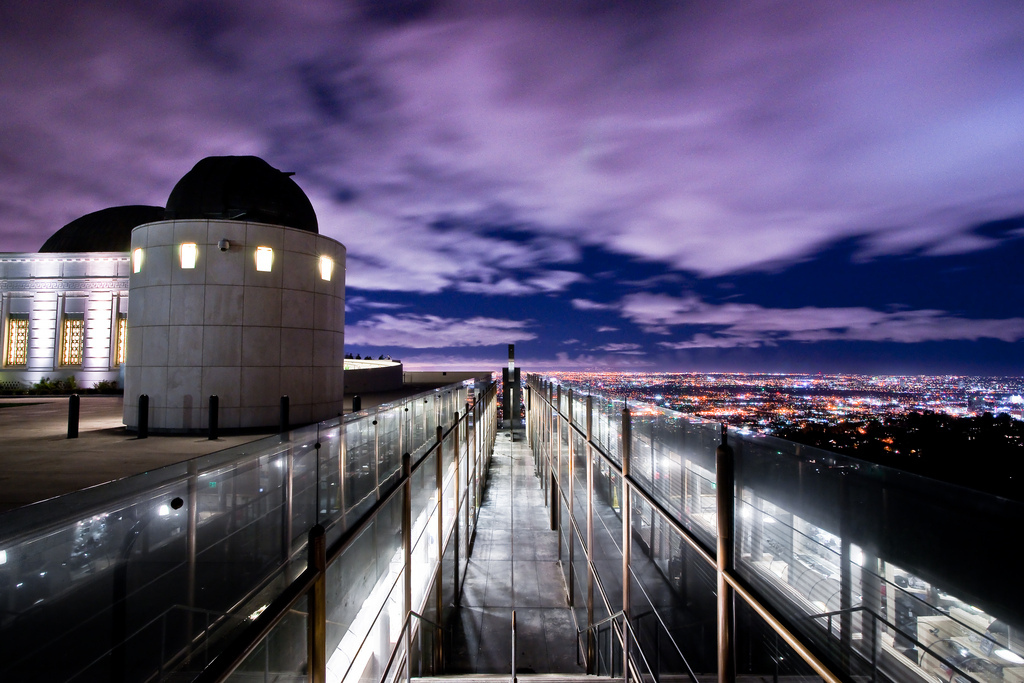
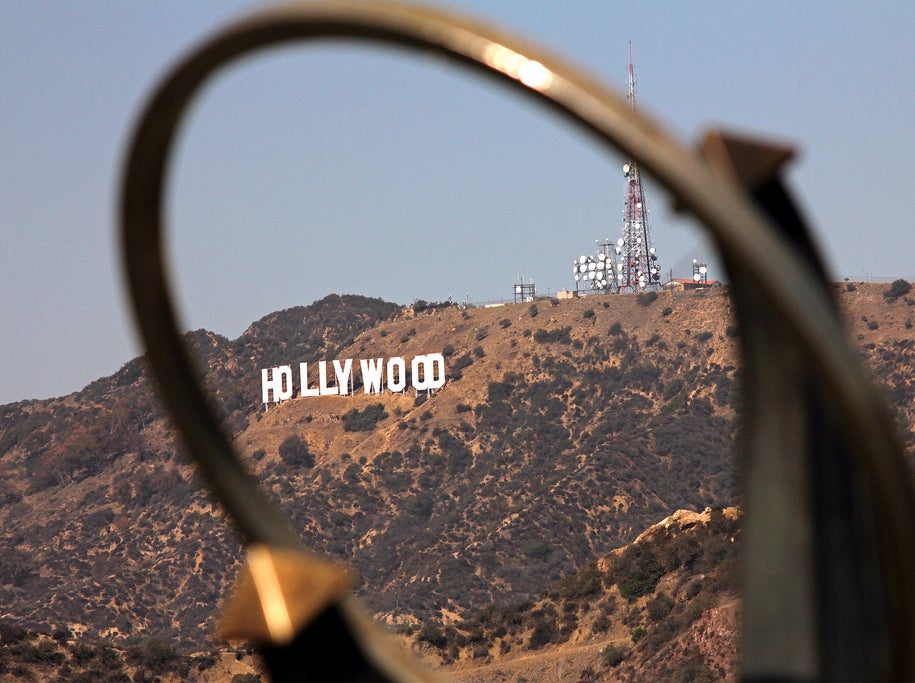

Aside from the incredible views, the Griffith Observatory offers exhibits like the Wilder Hall of the Eye, the Ahmanson Hall of the Sky, and the Gunther Depths of Space.
17. The Hayden Planetarium in New York
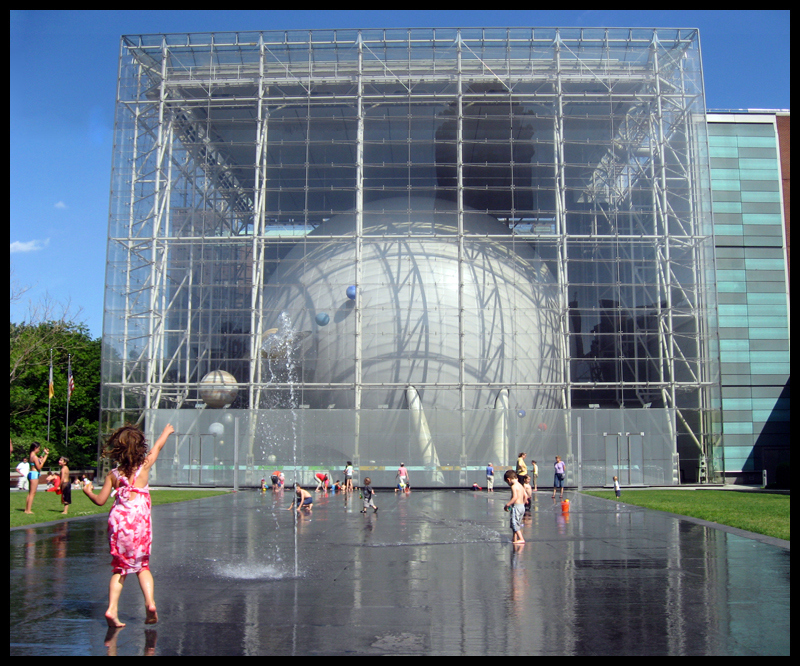


The Hayden Planetarium offers daily shows on the birth of the universe and tours of the solar system using its state of the art theater (The Hayden Sphere Star Theater). This facility was also ground zero for the pluto-planet-demotion controversy.
18. CosmoCaixa in Barcelona, Spain
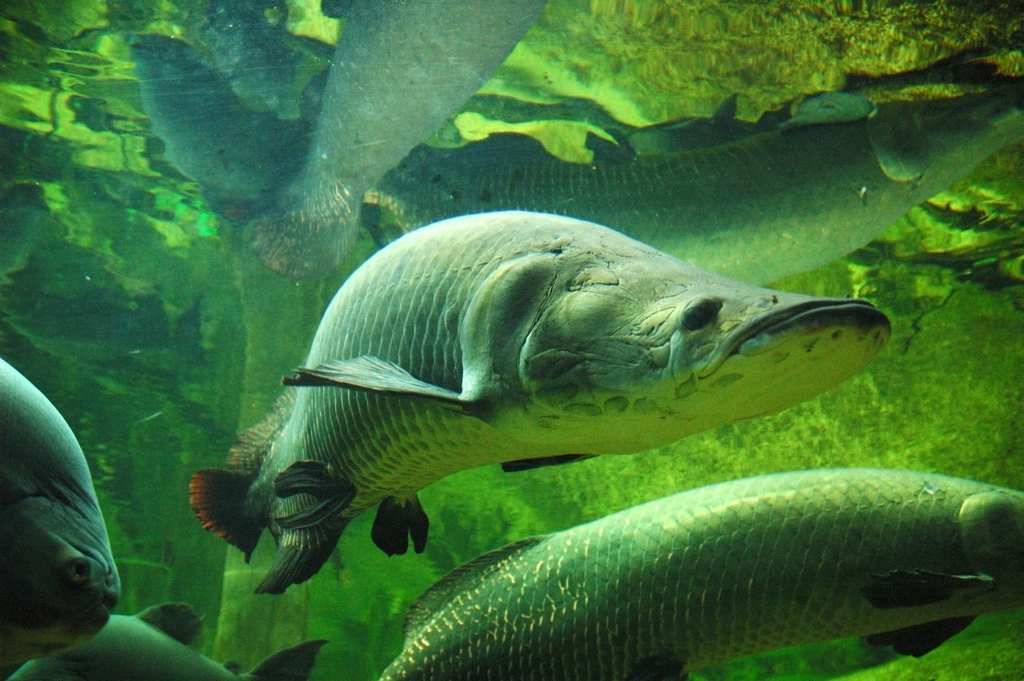

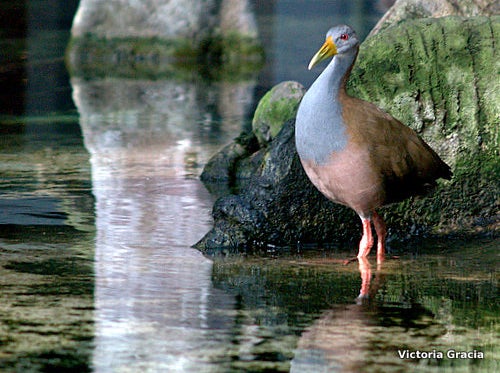
CosmoCaixa features an exceptional exhibit on the Amazon Rainforest.
19. The Center of Science and Industry in Columbus, Ohio
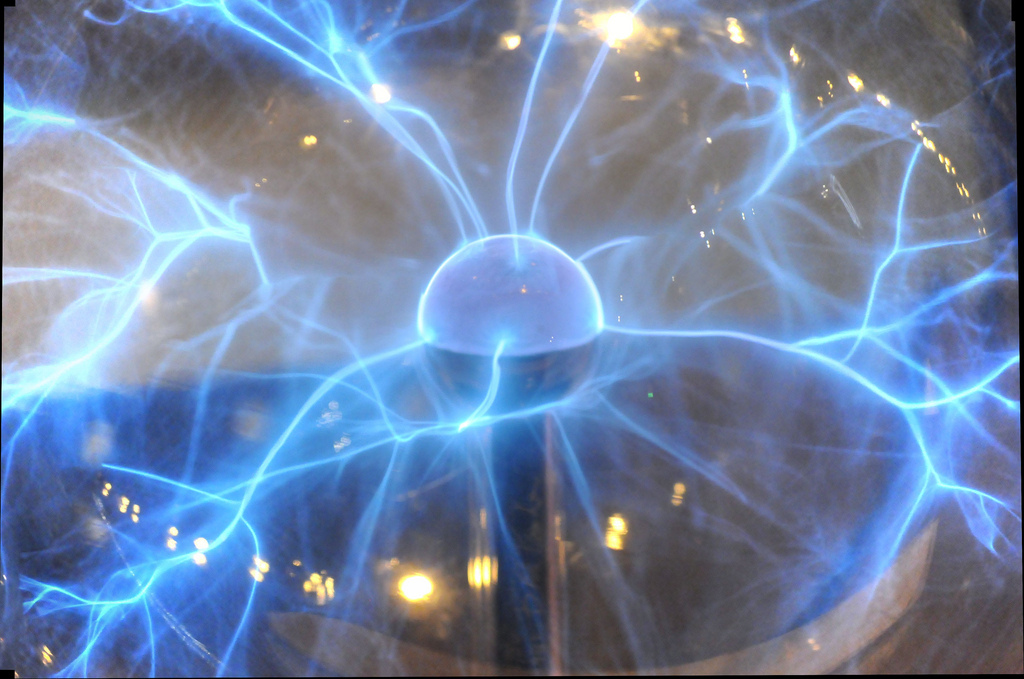
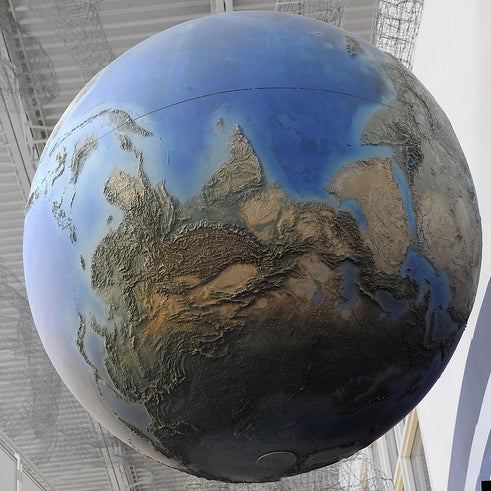

COSI features more than three hundred amazing, interactive exhibits.
20. La Cité des sciences de de l'Industrie in Paris, France
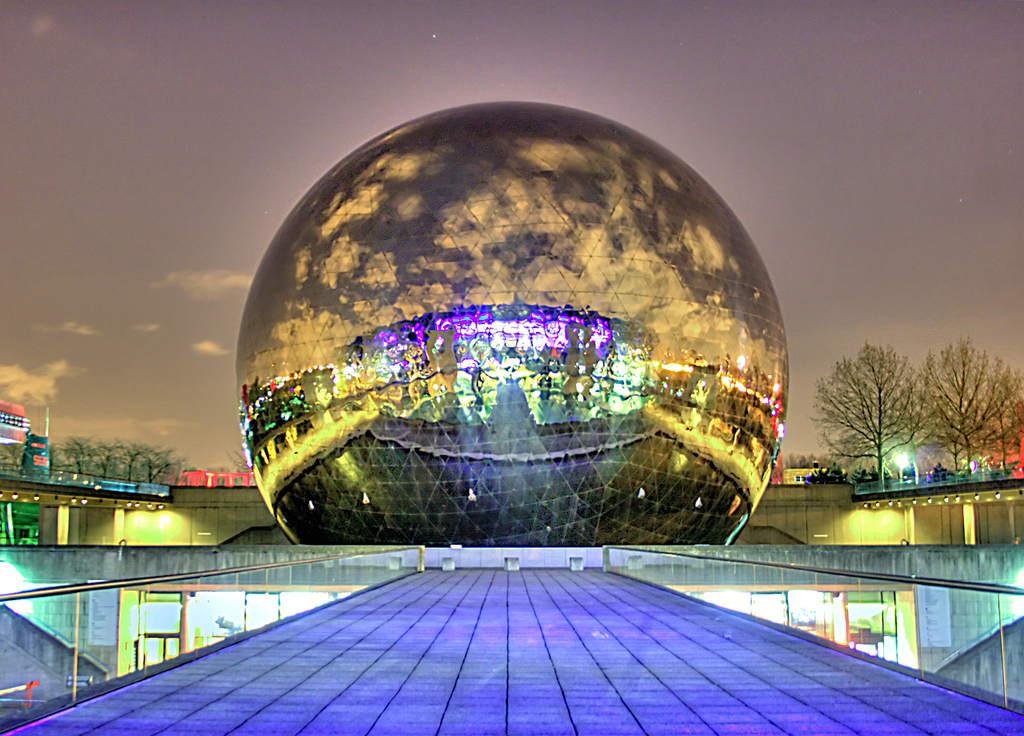


This science museum is not only the largest in Europe, but features La géode, a spherical theater that faces the museum and its reflecting pools.
21. The Titan Missile Museum in Green Valley, Ariz.
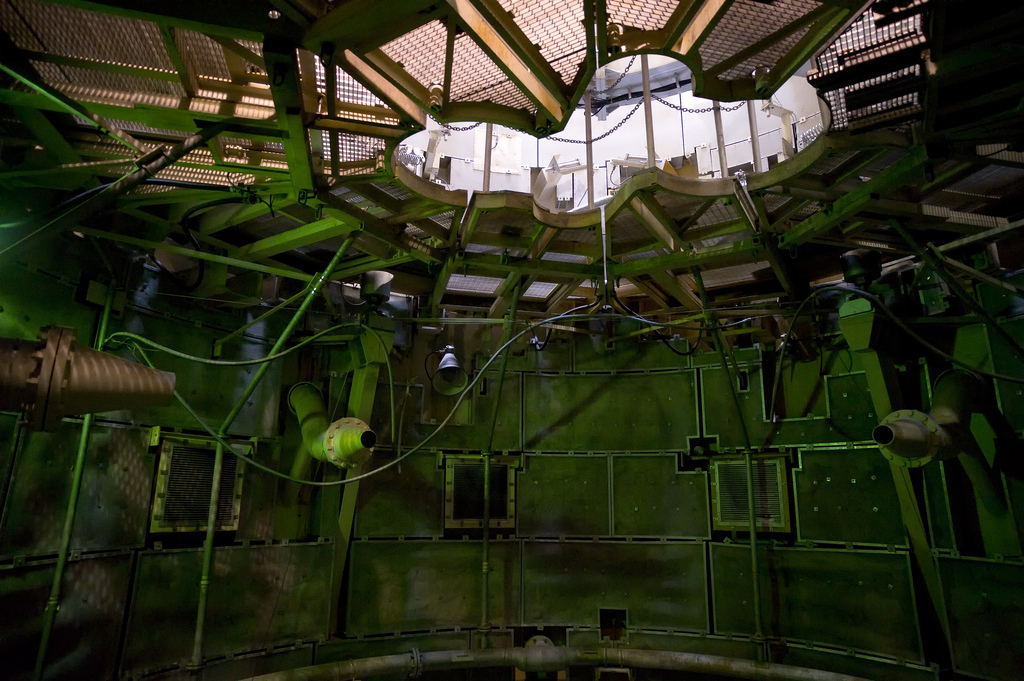
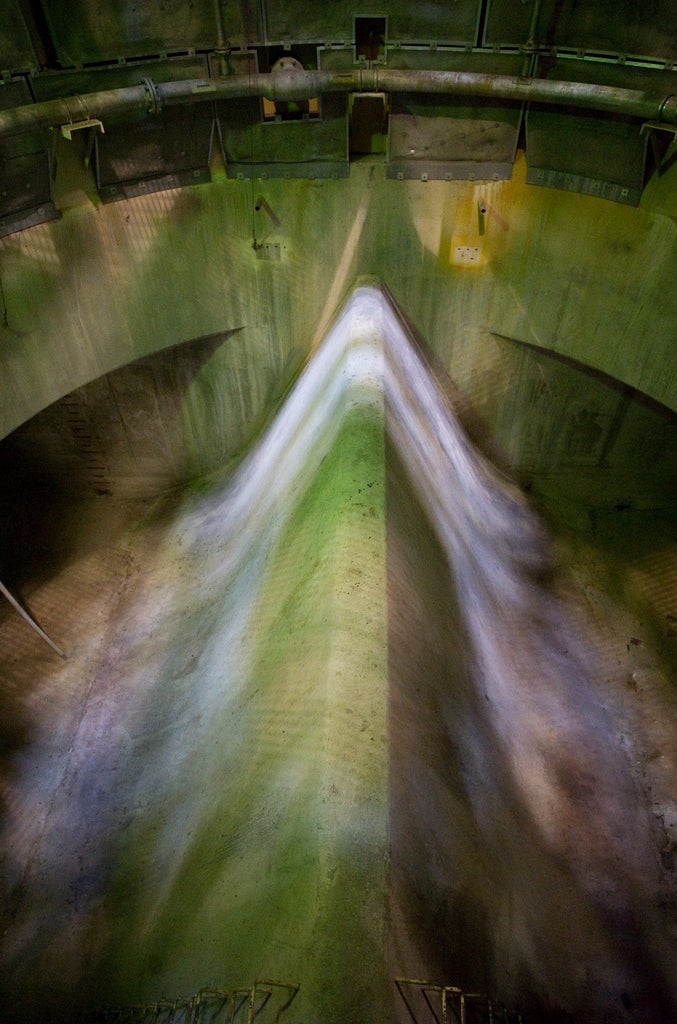

The Titan Missile Museum is the only remaining Titan II site open to the public. Here you can explore and relive a time when the threat of the nuclear war between the U.S. and the former Soviet Union was a reality.
22. The City of Arts and Sciences in Valencia, Spain
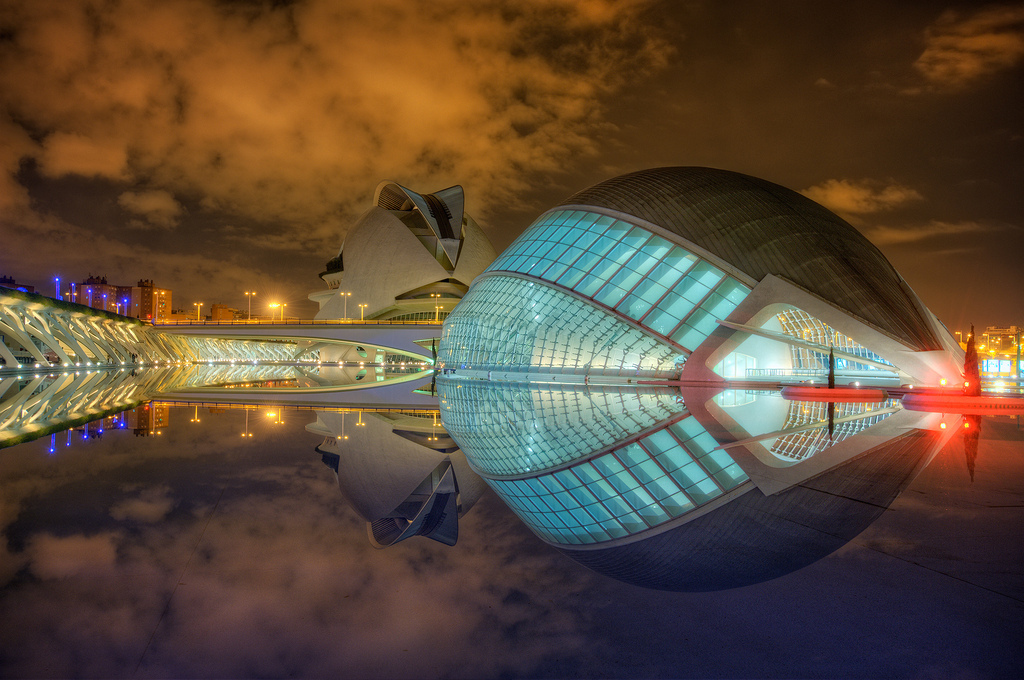
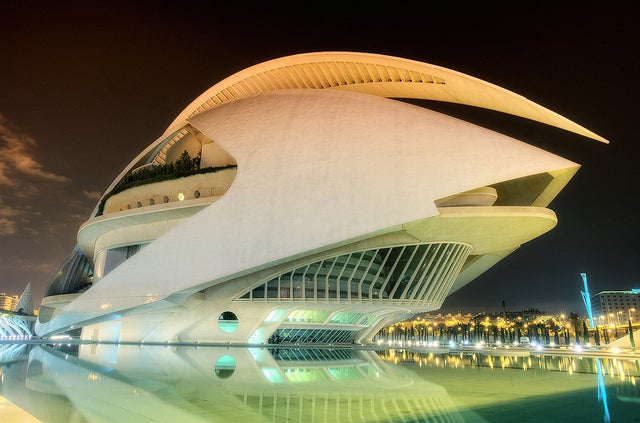
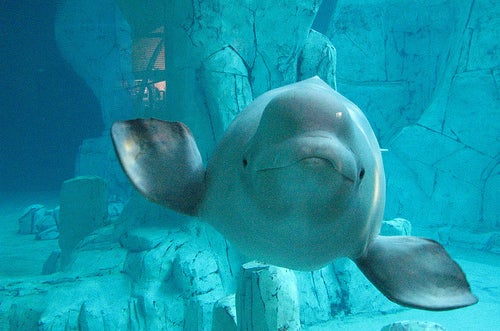
The City of Arts and Sciences is a huge, beautiful complex composed of five main elements: the Hemisfèric (IMAX cinema and digital projections), the Umbracle (a landscaped vantage point and car park), the Príncipe Felipe Science Museum (an innovative centre of interactive science), the Oceanográfico (the largest aquarium in Europe with over 500 marine species) and the Palau de les Arts Reina Sofía (which takes care of the operatic programme). The Agora gives the complex a multifunctional space.
